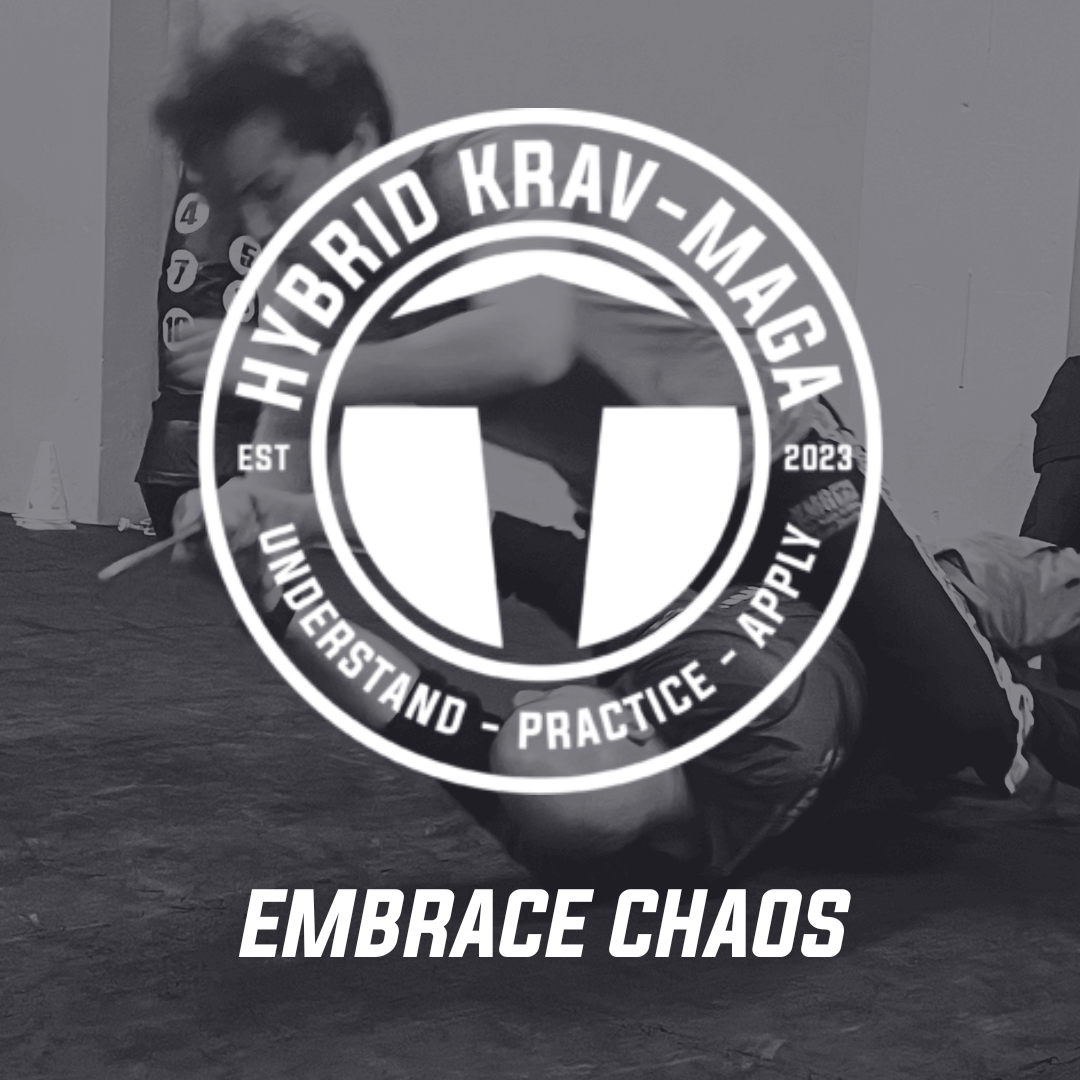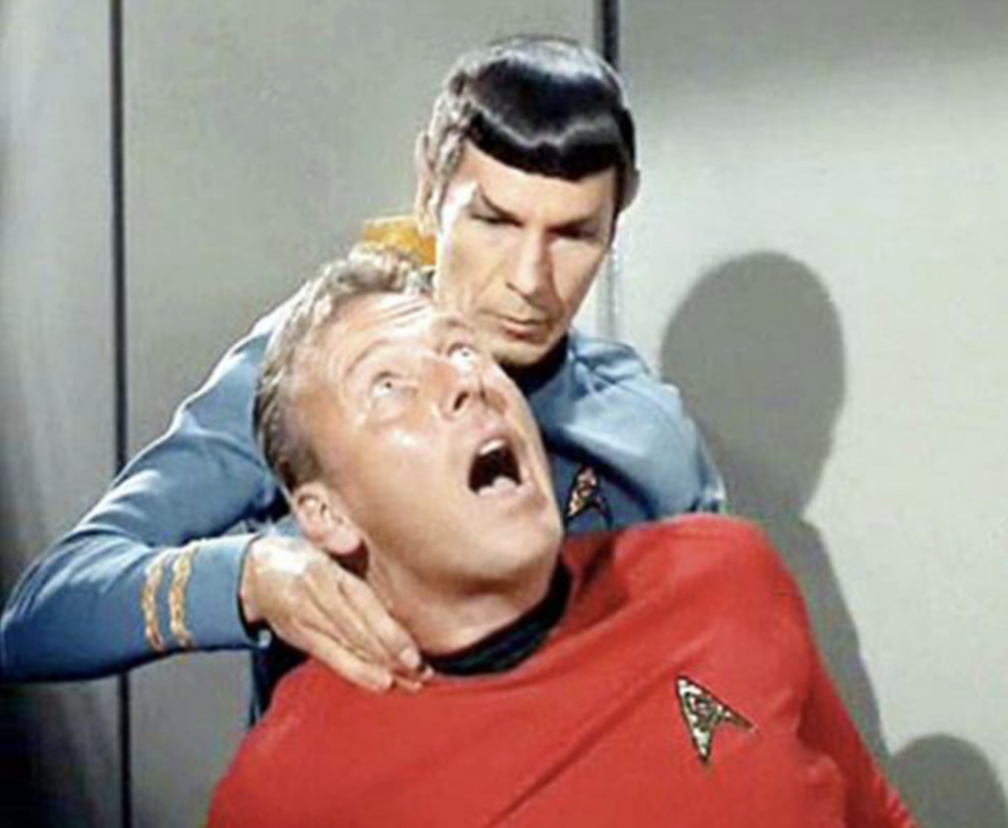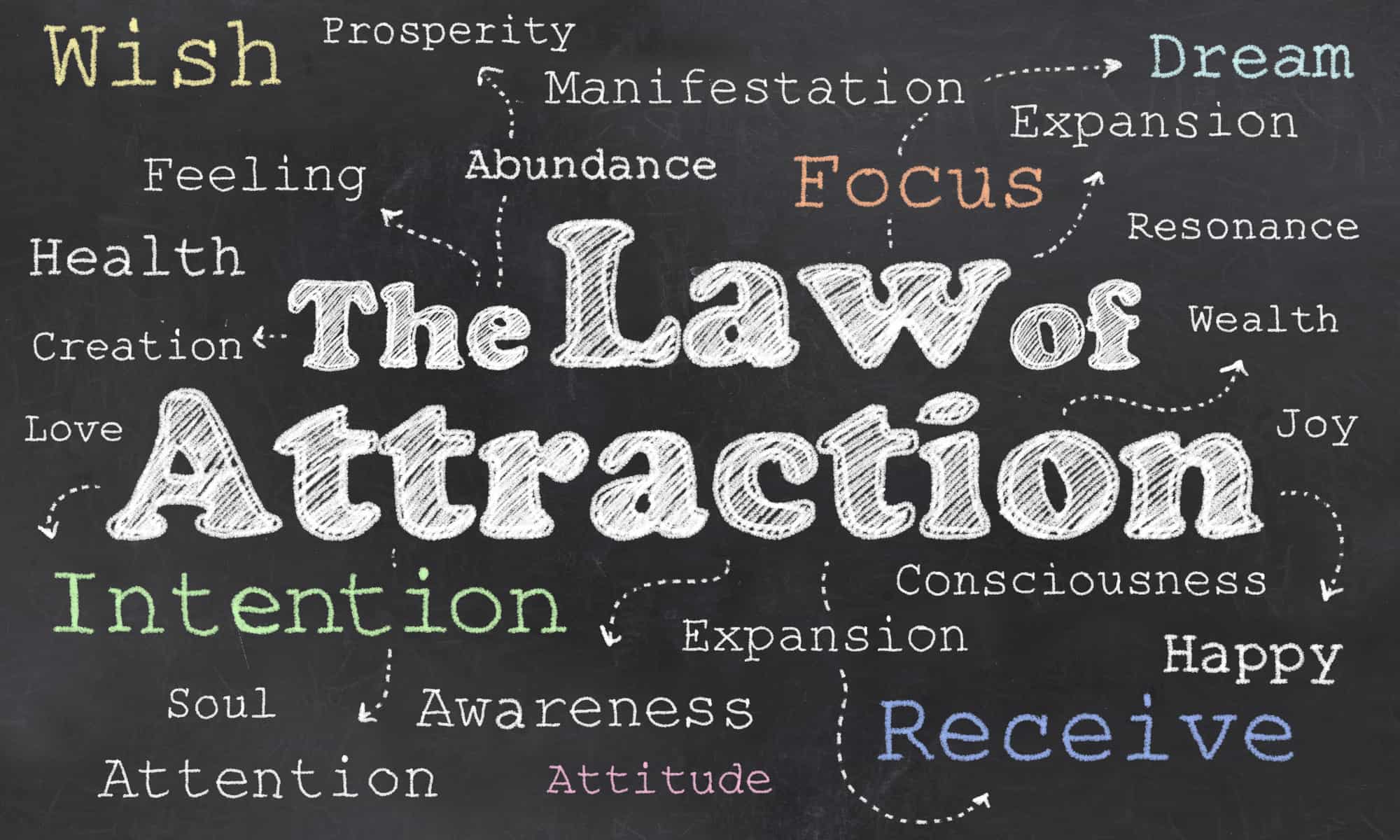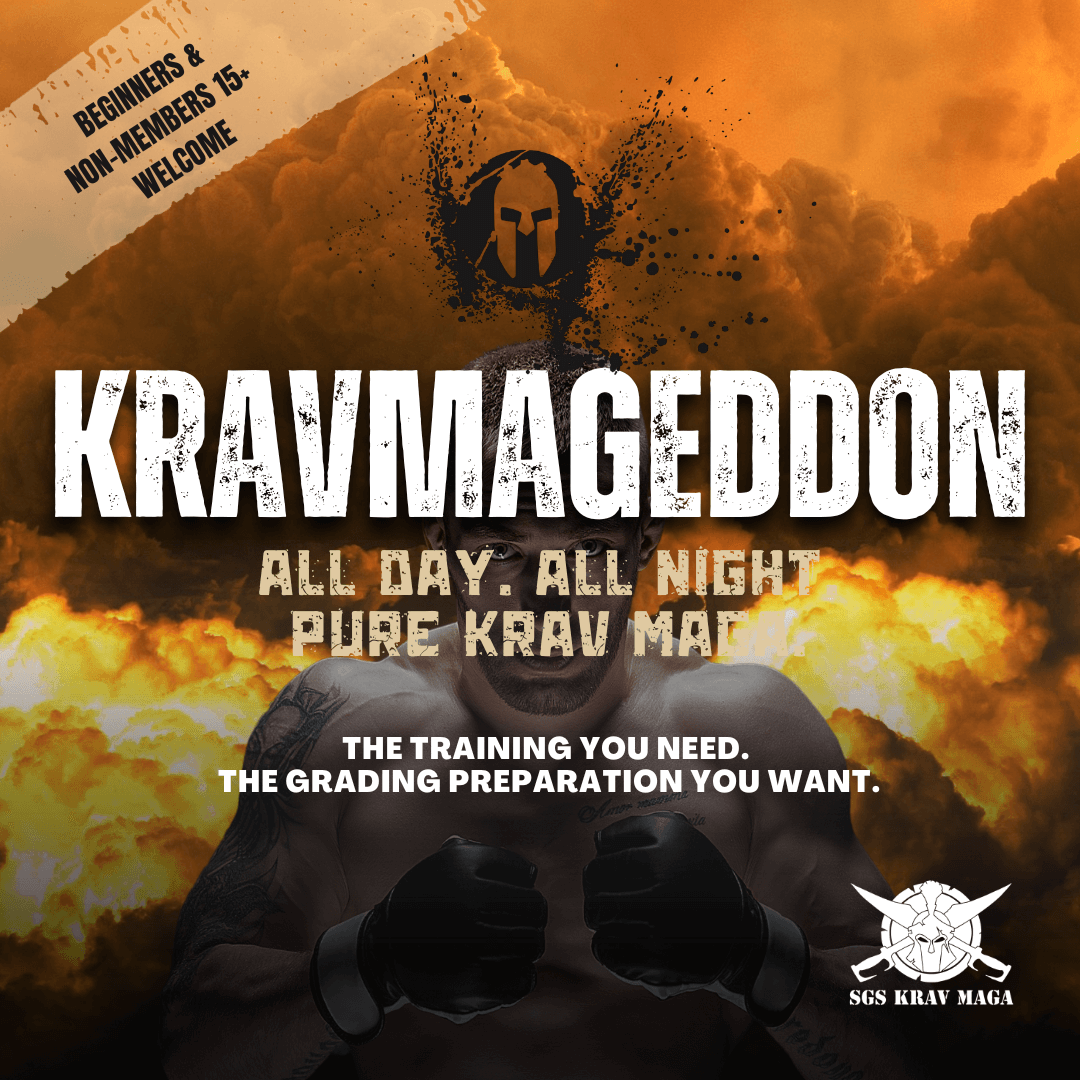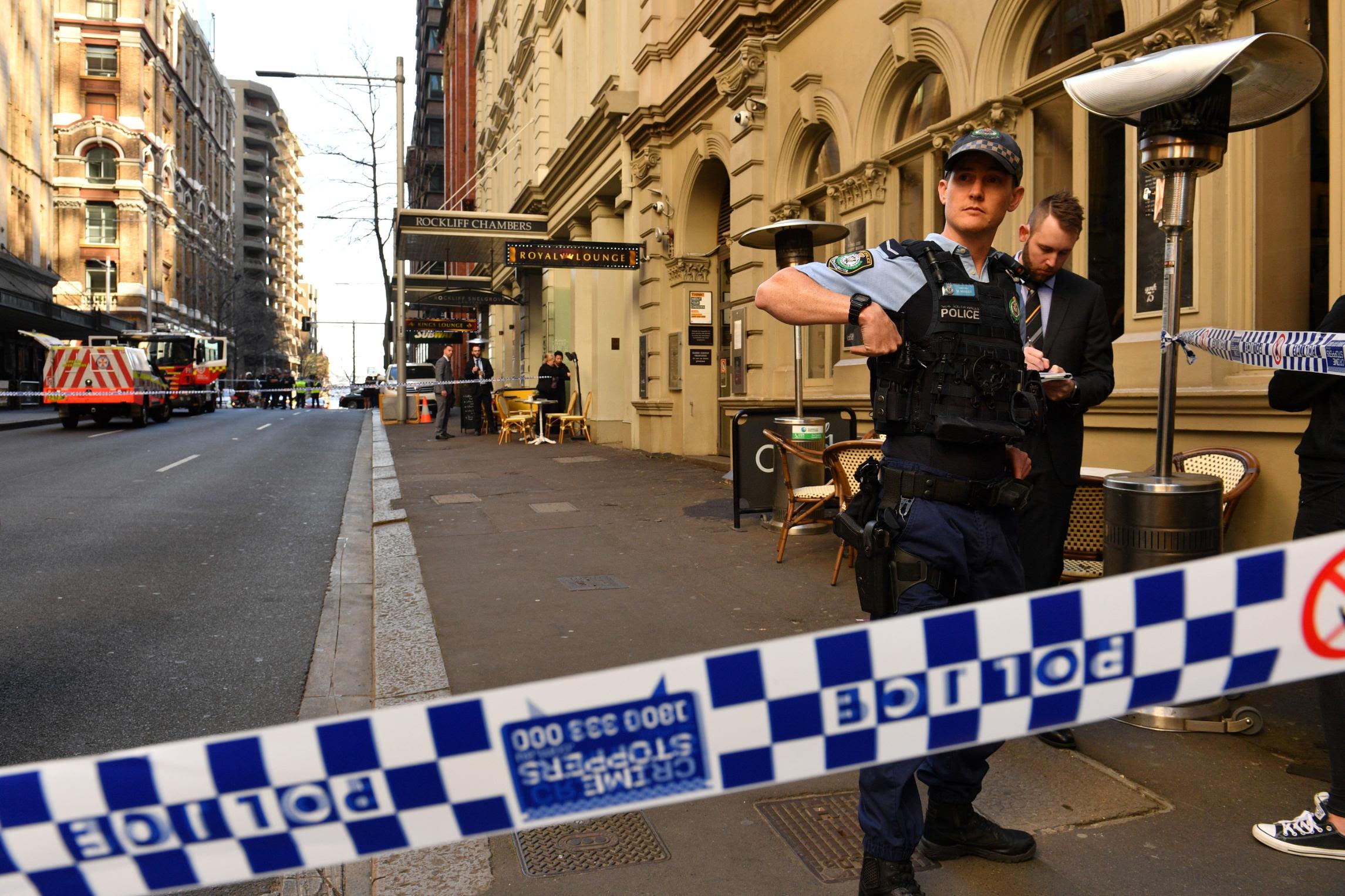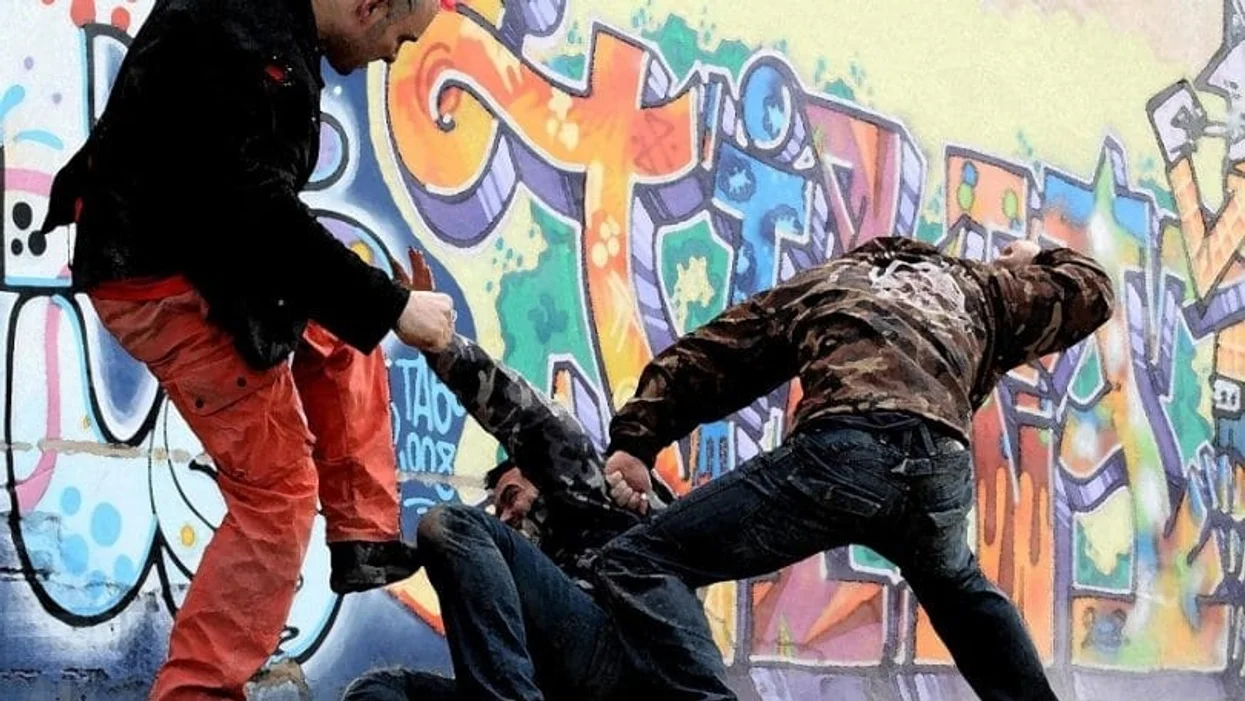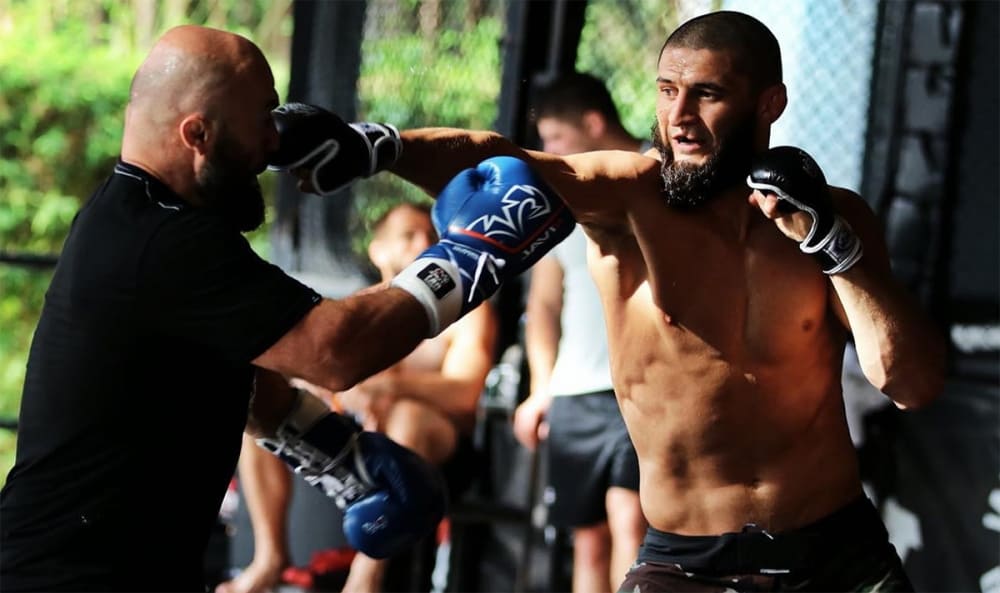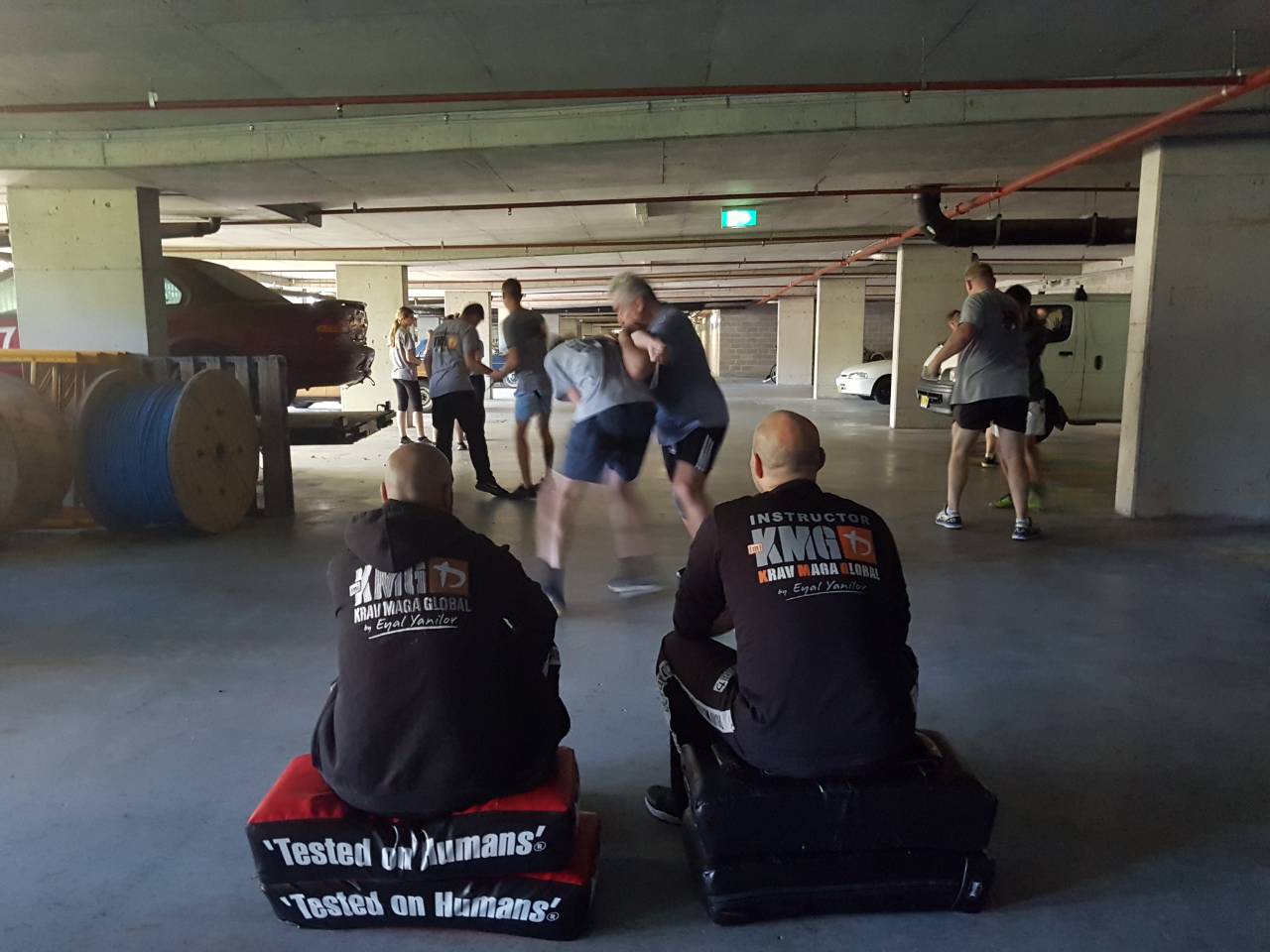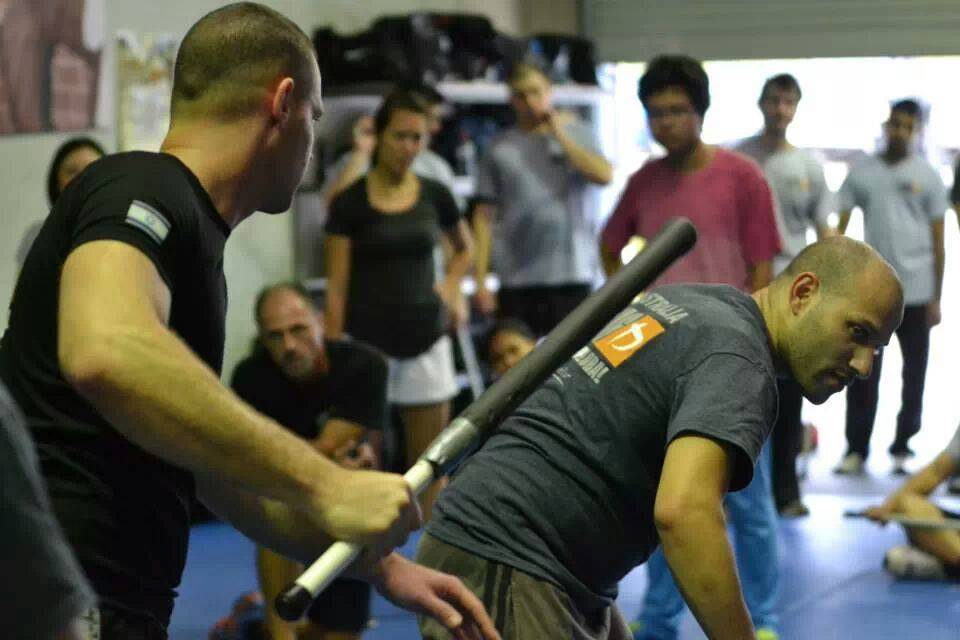Interview with Eyal Yanilov: Founder of KMG
BY: ALICIA LU
If you ever find yourself in a life-threatening situation, there is no one in the world you’d rather have to save you than Eyal Yanilov. Trust me. The Krav Maga master has been training for more than 40 years, first under the instruction of Eli Avikzar, who was Imi’s top student at one point, and then under Imi Lichtenfeld himself, the founder of Krav Maga, whom Eyal calls a “gentleman” and “a living example of how to live and behave.”
After engraining Imi’s teachings into his body and spirit, Eyal was entrusted by his master to further develop his self-defense system. The complete system that we know today is a product of Eyal’s tutelage under Imi combined with developments he added to the core curriculum. Those additions include third-party protection (VIPs, friends, family members) fighting tactics and combat skills, two now-crucial sections of the Krav Maga that reflect a keen intuition behind Eyal’s steely gaze.
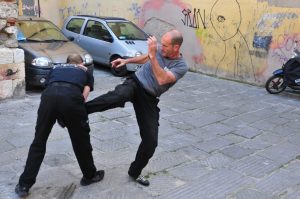
In his 40+ career devoted to Krav Maga, Eyal has not only developed it into the self-defense system you see in classes today but is largely responsible for spreading the system around the world, introducing it to some 40 countries. Students in Finland, Australia, and the U.S. who are having a blast learning Krav Maga have Eyal to thank for their favorite hour of the day.
As for his own training, Eyal currently holds the highest level granted by Imi, Master level 3, and jointly holds the Founder’s Diploma of Excellence with only one other person in the world, Darren Levine. In 1996, Eyal helped to found the International Krav Maga Federation, the first organization that started spreading Krav Maga around the world. Today, Eyal is Chief Instructor of KMG (Krav Maga Global), one of the largest and most prominent Krav Maga organizations in the world teaching the authentic system as established by Imi.
In interviewing Eyal about the philosophy of Krav Maga, Imi’s best advice, and practical training tips, one thing is clear about this master — he has attained the highest achievement in Krav Maga: he walks in peace.
What is your personal philosophy for life-based on the principles and wisdom you’ve gained from Krav Maga?
It is our mission in life to take care of the things we need, including self-defense, fighting, and the protection of others. The assumption is that no one will do it for us; this is our duty and job. This refers to all kinds of fights, whether physical, violent, or non-physical.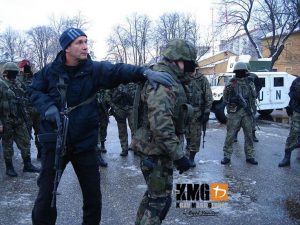
There is the assumption that knowledge and information come from instructors and teachers, and without them, we will not acquire it. However, we need to get experience on our own by training with a partner. Without a good partner — or, in the case of Krav Maga, a good attacker — we will not reach the goal of being able to solve the real problems of violent confrontation and make the right decision under stressful events.
In order to progress and elevate ourselves, we need to acquire faith and trust and believe in ourselves. Faith is in the system, the knowledge, the company. The trust we need to develop in the teacher, the instructor, the boss, the person who directs, and teaches us. Confidence should be in oneself, that we can reach our own goals and get to the top. After all, confidence in oneself has a direct influence on our abilities and performances in life in general, and particularly on fights and confrontations.
If you could list three of the most crucial Krav Maga principles what would they be?
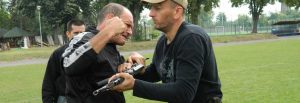
First, try to prevent, avoid, or de-escalate the confrontation. If you can’t, then the second principle is you need to win. By winning, I mean that the opponent/adversary/enemy will not be able to continue to act and cause harm. Third, one needs to do the right thing at the right time and place — do what is needed, legal, and possible in order to win the fight. Krav Maga training focuses on four directions: mental, physical, technical, and tactical. Training in these areas will give you the ability to make the correct decision in how to deal with each unique problem.
How does Krav Maga influence your day to day mentality?
Confidence, calmness, self-control, courage are constant companions.
You were close with Krav Maga founder Imi Lichtenfeld, did he give you advice on life in addition to advice on Krav Maga?
Imi was a master in life too. He was a gentleman. He was a living example of how to live and behave. The way he treated kids and adults, with respect and care, is the number one lesson I learned from him, and how he fought for his principles is the second. His high level of integrity is the third main lesson I follow.
What specific changes did you make when you developed a new curriculum for Krav Maga based on Imi’s system?
Imi was a genius in determining the best solution for a specific problem, the most natural and effective one. However, Imi was teaching techniques, but did not teach a system; he was the system. My job and role were to form Krav Maga as a system, not just a collection of techniques, but an integrated modern system.
But, I must say that anything and everything I did went through Imi for his approval, as long as he was alive. Whatever I developed, I used his principle and foundation.
I took some things out that were not relevant or I switched them with others.
Some examples include certain defenses against knife attacks, certain striking techniques, and certain releases from shirt grabs.
Specific subjects in the self-defense system:
- Defending against knife threats
- Defending against threats with rifles and submachine guns
- Hostage rescue
- Defending against strikes and kicks while on the ground
- Defending against armed attacks while on the ground
Two sections in the system that I added:
- Fighting tactics, drills, and training methods divided into families
- The whole section of third-party protection — how to defend family and friends from any kind of attack and evacuate others from a danger zone
When spreading the word of Krav Maga to the public, how did you make it appealing for people who had never heard of it?
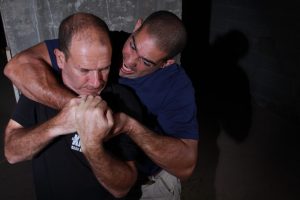 The initial stages were not easy. There was no Internet, Facebook, or Twitter, and almost no one was looking at websites. In every country that I started, I (or my local contacts) wrote articles and made advertising in different channels, especially those geared toward the martial arts community, as well as members of governmental units, police, and military.
The initial stages were not easy. There was no Internet, Facebook, or Twitter, and almost no one was looking at websites. In every country that I started, I (or my local contacts) wrote articles and made advertising in different channels, especially those geared toward the martial arts community, as well as members of governmental units, police, and military.
In some countries, I made visits to demonstrate and market the system.
You’ve traveled the globe teaching civilians, law enforcement, and military personnel Krav Maga. Which countries did you find most receptive? Which countries are still on your list to visit?
I visited about 60 countries as of today. By myself (but with the irreplaceable assistance of my local people) I brought Krav Maga to about 40 of them.
They were all receptive. Sometimes there are individuals who challenge you more, some wish to show their abilities with ego-driven actions or questions, and some are true seekers of knowledge, and those I value immensely. Depending on culture, sometimes the trainees look cold and not involved, but they are very interested. It is just hard to realize this as they come from another culture.
In Finland, for example, I saw the fastest start and progression. There we have the largest number of experts and instructors per population. Krav Maga suits them so well that it spread like fire in a dry forest.
In Australia, which is a continent with not so large of a population and in many ways is the opposite of Finland, we have had great success too. In the U.S., on the other hand, these days there are many Krav Maga organizations, but many are fake ones, led by instructors who either have no knowledge about the system and are practically doing something else, cheating their students, or by people who went through little Krav education and are mixing it with other styles, diluting it, and “selling” something that is not real. The result of this is sometimes bad PR and inaccurate information about our system. Because we are talking about life-saving skills, in some sense this is misconduct, even a crime.
I have yet to successfully bring Krav Maga to Japan. I’ve received a good response there, attended several good seminars, and published articles in martial arts magazines, but I haven’t managed to find a reliable representative there. I would also like to have better strongholds in China and India.
What separates authentic Krav Maga from the styles that claim to be Krav Maga but are not? What are the common things they get wrong?
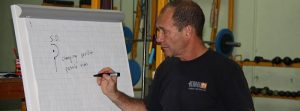
Those who claim to teach Krav Maga and do not are usually mixing different martial arts styles and call it Krav Maga. They think that Krav is composed of a few strikes, kicks, and some defenses, with a lot of fitness. Naturally, it does not. It is an integrated system, with very specific techniques, training methods, teaching doctrine, principles, and tactics.
Naturally, we make the trainees much fitter, but we do it in specific ways. Believe me, if we wanted to we could make our trainees vomit in five to 10 minutes, using methods we developed for the training of special forces, but we do not. We make the sessions suitable to the trainees for all components: mental, physical, technical, and tactical. Self-defense, fighting, and protection of others are all compound processes that we make simple by training and conditioning the mind and body.
How do you teach students to effectively (and aggressively) protect themselves while instilling in them the importance of prevention?
The name of the game is training. To teach the theory of prevention, we explain the importance and the need for avoidance and de-escalation. We teach people to understand when and why they should act. We clarify that one should act only when the aggressor has the intention, tools, and ability when you have no alternative, and when the danger is immediate. We also explain that if one does too much disproportionate damage to the other side, one may go to prison. Not going to jail is also self-defense.
In addition to explaining, we practice prevention methods. We practice how to talk to a potential aggressor, what body language and tone of voice to use. We also teach to comply, if possible, and not to fight, especially when there may be further complications. To better understand the danger, I usually give the following calculation: Think about a woman in a conflict against a man, and here are the differences between them:
Man: 90 kg (200 lb), 183cm (6’)
Woman: 60 kg (132 lb), 165cm (5’5”)
Take out the weight of the skeleton, blood, brain, intestine, 20% fat for the woman, 10% fat for the man, and we are left with the muscles. Generally, women’s muscles are 30% less strong than a man’s.
So the woman will have about 14-16 kg (~32 lb.) of muscle compared to the man’s 40-45 kg (~90 lb).
Using the same ratio, that means that the man would be up against a giant of about 230cm (7’8”) and 220-240 kg (~500 lb), or it’s equivalent to the man going against three fighters of his same size. I asked my students, “Would you want to fight in this scenario?” Therefore, it’s crucial to learn how to avoid violent confrontations altogether.
One of the most unique aspects of your Krav Maga curriculum is the emphasis on mental training, essentially a form of meditation, which might be just about the last thing you’d picture sweaty Krav Maga students doing in class. However, you’ve always stressed that it could mean the difference between defeat and success. Can you give us a glimpse into this mental training?
In addition to physical training, there is a great need for special mental training. One of my mental training methods is called “From Defeat to Success.” Imagine an attack in its different stages. Start out by imagining your assailant succeeding and see yourself “injured.” Keep repeating this visualization, each time increasing the number of details and improving your position, performance, efficiency, and success. Each time you imagine the incident, apply more and more effective defenses, execute better counterattacks that become stronger and faster each time. Eventually, you should visualize yourself as the winner, overcoming the assailant with your effective defenses and counterattacks.
It should take about five to eight visualizations of the incident to go from losing to winning. Toward the end, most of the focus should be on visualizing yourself as the “winner” to engrave this outcome in your mind, to ensure that in a real-life situation you will be conditioned to strive for your survival.
Another important drill is to neutralize destructive thoughts and emotions such as hate, stress, fear, anger, and frustration. We use drills to focus the mind, body, and speech (internal monologue and self-talk). In this drill, one should focus their gaze on a specific object (like a dot of 1-inch diameter), focus their attention on slow breathing (a rhythm of 8 to 10 seconds is good), and keep a still body (in a sitting or standing position). The result is much better self-control and improvement of physical and mental health.
[/tm_pb_text][/tm_pb_column][/tm_pb_row][/tm_pb_section]
STOP READING. START TRAINING.
BOOK YOUR FREE TRIAL SELF DEFENCE CLASS TODAY
- attacks and couterattacks, Dealing with violent confrontations, Defend, Expanding Krav Maga to the female population, Eyal Yanilov, Eyal Yanilov interview, Fighting Tactics, Founder of KMG, KMG, Krav Maga benefits, Krav Maga Global, Krav Maga origin, Krav maga Sydney, Mental skills in dealing with stress, Self Defence, VIP protection techniques

